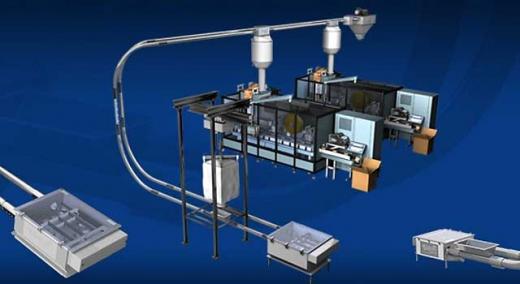For companies that process high-value products such as nuts, cereal, coffee, snacks, and dry pet food, material breakage and loss is a costly problem that can harm the bottom line. Even the variation between 1-percent waste and 5 percent can mean the difference between profit or loss.
|
ADVERTISEMENT |
To convey such delicate food products, processors should avoid conveyors that force fragile material through stressful phases during transport that could affect its integrity. This can be problematic when food processors also must maintain high-throughput requirements. To address the transport issue, some fragile-food processors are reconsidering using conveyors that send products through tubes, bends, or sweeps via high-velocity air power before before dumping them into bins or containers.
In the coffee industry, for example, processors go to great expense to roast whole beans. However, the beans can be damaged by high-velocity air conveyance, compromising flavor and aroma, according to Gary Schliebs, a process engineer and director of Plus One Percent… Engineered Solutions, an Australian consulting firm that works in the food industry and markets conveyor equipment globally.
…

Comments
Excellent lean example
The cable conveyor reminds me of Archimedes' screw, an invention roughly 2000 years old.
The issue of wasted power in a pneumatic conveyor is meanwhile an example of waste hiding in plain view; if air blows past the product being moved, it represents wasted energy even if the product is not subject to mechanical damage the way some of the food products are.
Add new comment